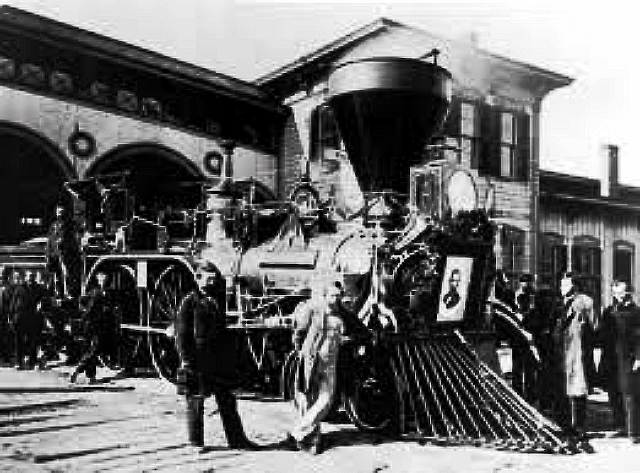Abraham Lincoln's Odd Funeral Tour: A National Act of Mourning and Unity
After the assassination of Abraham Lincoln on April 14, 1865, his body was placed on a funeral train and taken on a 13-day tour of the country. The tour made stops in Baltimore, Maryland; Harrisburg, Pennsylvania; Philadelphia, Pennsylvania; New York City, New York; Albany, New York; Buffalo, New York; Cleveland, Ohio; Columbus, Ohio; Cincinnati, Ohio; Indianapolis, Indiana; Chicago, Illinois; and Springfield, Illinois.
The funeral tour was a massive undertaking, and it required the cooperation of many different people and organizations. The railroad companies that provided the train and its crew volunteered their services, and the cities and towns along the route provided food, lodging, and other support for the funeral party.
The funeral tour was also a major news event. Reporters and photographers from all over the country traveled with the train, and their dispatches were published in newspapers and magazines across the country.
The funeral tour was a way for the nation to mourn the loss of its president and to celebrate his legacy. It was also a powerful symbol of the unity of the country after the Civil War.
Preserving Lincoln's Body
The mortician who accompanied Abraham Lincoln's body on its funeral tour was Dr. Thomas Holmes. Holmes was a pioneer in the field of embalming, and he used a variety of techniques to preserve Lincoln's body, including:
Removing the blood and replacing it with a mixture of alcohol, water, and other chemicals
Injecting the body with a solution of formaldehyde
Applying a layer of wax to the skin
Holmes also took steps to disguise the signs of decomposition, such as applying makeup to Lincoln's face and covering his hands with white gloves.
Despite Holmes's efforts, Lincoln's body began to decompose during the funeral tour. The weather was hot and humid, and the body was constantly being moved and jostled. As a result, Lincoln's skin turned a dark color and his face became swollen and disfigured.
Public Viewing
Despite the condition of Lincoln's body, many people still wanted to see him. At each stop on the tour, thousands of people lined up to view the coffin. Some people even posed for photos with the corpse.
The public viewing of Lincoln's body was a controversial practice at the time. Some people found it to be disrespectful to the dead, while others believed that it was a way to pay their last respects to the president.
The End of the Tour
The funeral tour ended on May 4, 1865, when Lincoln was buried in Oak Ridge Cemetery in Springfield, Illinois.
The funeral tour was a unique and important event in American history. It was a way for the nation to mourn the loss of its president, to celebrate his legacy, and to come together as a country after the Civil War.
Unlikely Buddha 2023






Comments
Post a Comment